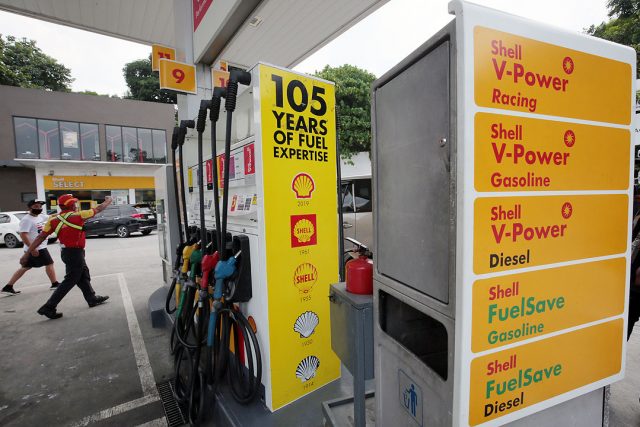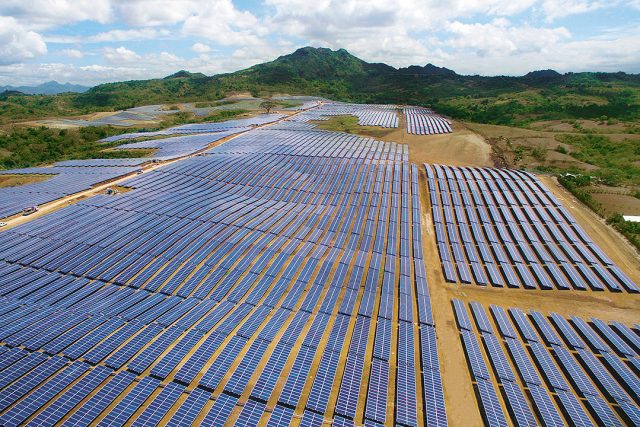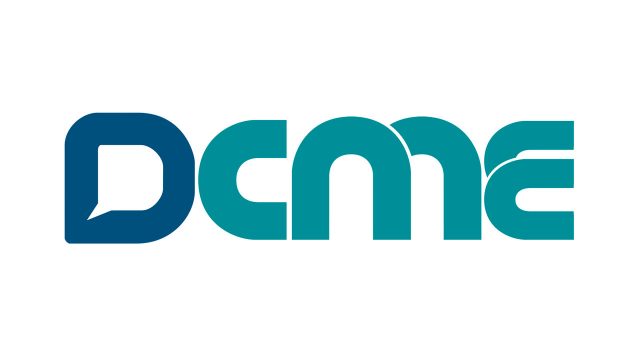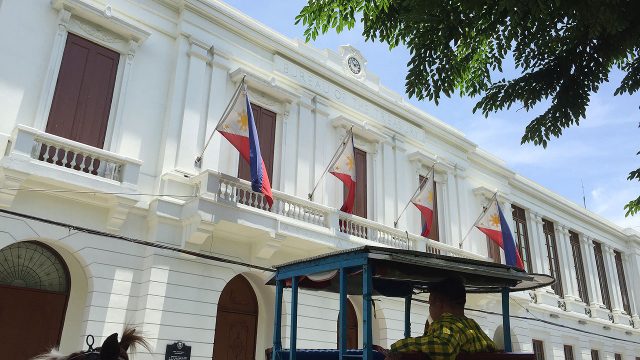Q3 GDP growth likely slowed — poll
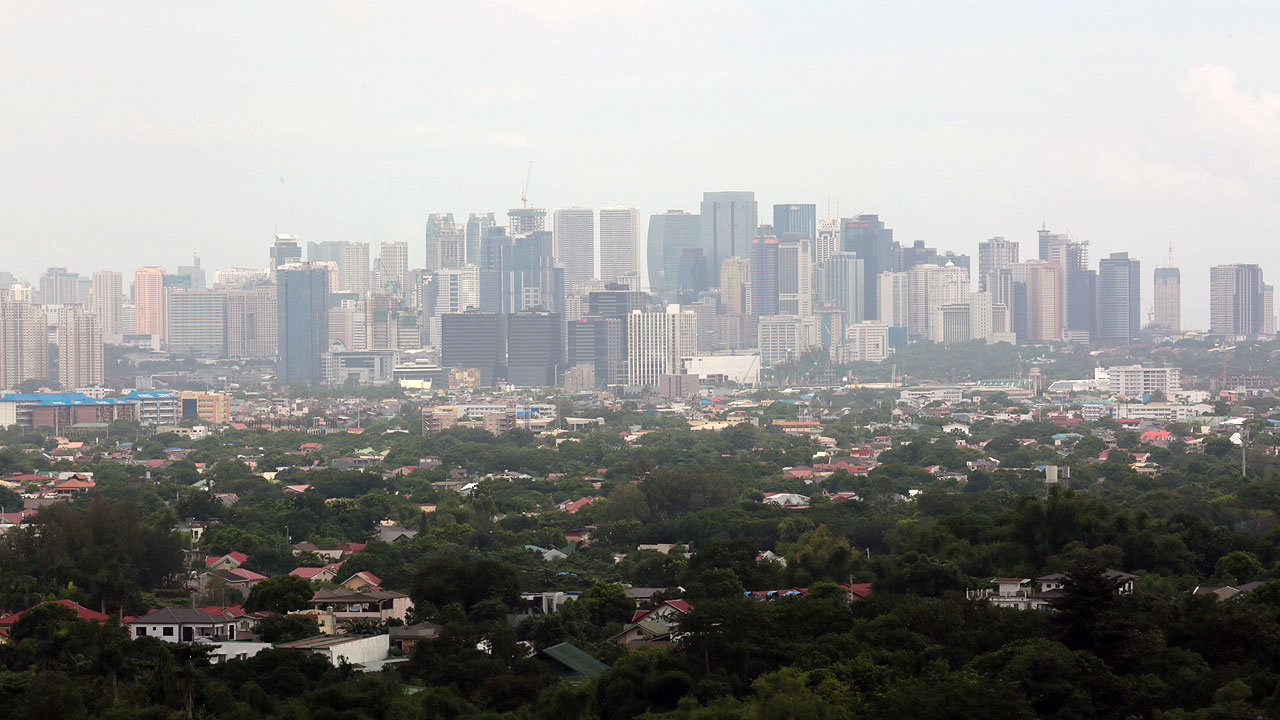
By Jenina P. Ibañez, Senior Reporter
ECONOMIC GROWTH likely slowed in the third quarter after lockdowns were reimposed in August to curb a surge in coronavirus infections, economists said.
The country’s low vaccination rate and inflationary pressures could continue to weigh on recovery for the rest of the year, they added.
A BusinessWorld poll of 18 analysts yielded a gross domestic product (GDP) growth median estimate of 4.7% for the July to September period, much slower than 11.8% in the second quarter but a turnaround from the 11.4% contraction a year earlier.
Growth in the second quarter this year signaled the country’s exit from recession after five straight quarters of decline.
If realized, the third-quarter GDP estimate would bring economic growth this year to an average of 4% in the first nine months, settling at the lower end of the government’s reduced GDP target of 4-5% for the year.
The Philippine Statistics Authority is scheduled to release third-quarter economic data on Nov. 9.
The government once again placed Metro Manila under a stricter enhanced community quarantine (ECQ) for two weeks in August as coronavirus disease 2019 (COVID-19) cases soared.
Analysts expect third-quarter growth to have slowed compared with the previous three months, although at different extents.
Rajiv Biswas, chief economist for Asia and the Pacific at IHS Markit, said third-quarter GDP growth could have slowed to 3.5%.
“The imposition of enhanced community quarantine measures in August and September in Metro Manila disrupted consumption spending and also impacted adversely on many segments of industrial production,” he said in an e-mail.
University of the Philippines economist Jefferson A. Arapoc said the country’s GDP likely grew by 4.8%, which he said came from a very low base a year ago.
“This positive growth isn’t that impressive given the worst recession we experienced last year,” he said in an e-mail.
Makoto Tsuchiya, an economist from Oxford Economics, said in an e-mail that the elevated inflation and mobility restrictions have dampened consumer spending.
“Higher inflation is also weighing on consumer’s real purchasing power leaving less to spend on nondiscretionary income,” he said.
Meanwhile, Colegio de San Juan de Letran Graduate School Dean Emmanuel J. Lopez said in an e-mail he expected third-quarter GDP growth at 8% as the economy has “started to take off under the new normal.”
“The economy is operating almost under full capacity. The economy has its hands full to satisfy a normal operation as proven by the increase in the country’s inflation rate approximating the government inflation target of 2-5%,” he said.
Lockdown restrictions were gradually loosened in September, allowing more businesses to operate although at a limited capacity.
Inflation in August was 4.9%, the fastest recorded in 32 months as food and utility prices soared during the strict lockdown. The consumer price index slightly eased to 4.8% in September.
Analysts expect economic growth to improve as most businesses restart activities ahead of the holidays, but low vaccination rates may prove to be a risk.
More mobility for fully vaccinated individuals will help improve domestic consumption, Moody’s Analytics Associate Economist Sonia Zhu said in an e-mail.
“However, a huge proportion of household savings lost during the pandemic will weigh heavily on private consumption in the near term,” she said.
“Headline inflation needs a close watch. The risk of elevated price growth becoming more entrenched has increased amid a global energy crisis and supply-side disruptions. There is a possibility that (the Bangko Sentral ng Pilipinas) may be forced to tighten monetary policy settings earlier to anchor expectation if inflation does not cool.”
Oxford Economics’ Mr. Tsuchiya said momentum could pick up in the fourth quarter as COVID-19 cases continue to decline, but he said full-year GDP could still grow at 3.4%, falling short of the government target.
“Looking further ahead, the gradual loosening in restrictions bodes well for domestic recovery, but a low vaccination rate means the country remains vulnerable to COVID-related setbacks and the recovery path will be bumpy,” he said.
ING Bank N.V. Manila Senior Economist Nicholas Antonio T. Mapa said in an e-mail the widening trade gap could also cap overall GDP as exports and remittances are unable to keep the current account in surplus.
The trade gap in the nine months to September widened to $29.19 billion from $17.95 billion a year earlier, data from the Philippine Statistics Authority showed.
“Unlike in previous episodes, the stark ballooning of the trade deficit in 2021 is not solely driven by a sustained surge in capital goods designed to build future capacity,” Mr. Mapa said.
“The 2021-2022 episode shows a modest pickup in capital goods but also a bloated energy and commodities bill due to higher global costs. These developments alongside a possible global slowdown due to higher inflation and hawkish central banks, the timeline just to get back to where we were before COVID may just have to be extended further.”



